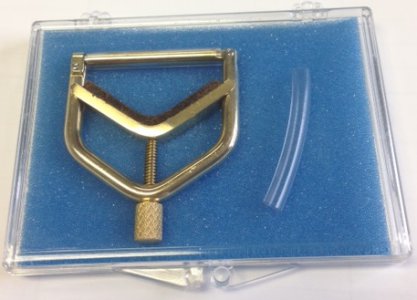- Joined
- Feb 18, 2014
- Messages
- 14
I am having a heck of a time. I am having to drill press 1.15mm (.0453") holes clear through 3/16" SS 316 round. According to charts I am calculating about:
(45 SFM x 12) \ (.0453 x pi 3.14) = RPM 3,600 with a feed of .001"
Does this make sense? I have never worked with stainless before and this seems like the RPM is so high it just asks for rubbing and work hardening. I "common sensed" it and run about half that speed, but it really doesn't seem to matter. Additionally, I am center punching. I am sure this doesn't help either.
I am using HSS oxide 118 degree bits. Whether I use coated or not, I am breaking every bit I have in stock.
I have a very solid steel work piece jig so rigidity is not a big factor right now.
HELP! Do I go cobalt, 135 degree split point bits? I really appreciate all of the knowledge on here. I am open to any suggestions.
(45 SFM x 12) \ (.0453 x pi 3.14) = RPM 3,600 with a feed of .001"
Does this make sense? I have never worked with stainless before and this seems like the RPM is so high it just asks for rubbing and work hardening. I "common sensed" it and run about half that speed, but it really doesn't seem to matter. Additionally, I am center punching. I am sure this doesn't help either.
I am using HSS oxide 118 degree bits. Whether I use coated or not, I am breaking every bit I have in stock.
I have a very solid steel work piece jig so rigidity is not a big factor right now.
HELP! Do I go cobalt, 135 degree split point bits? I really appreciate all of the knowledge on here. I am open to any suggestions.



